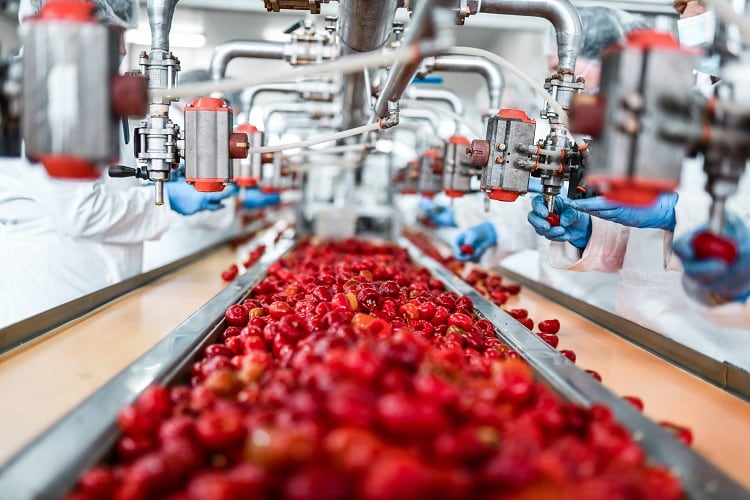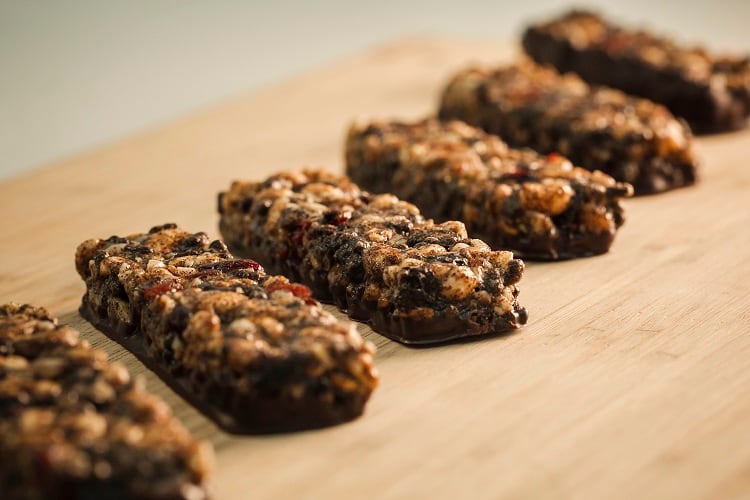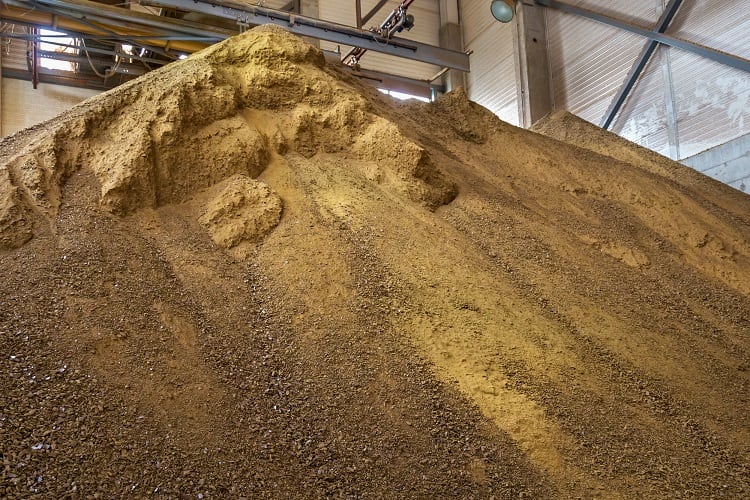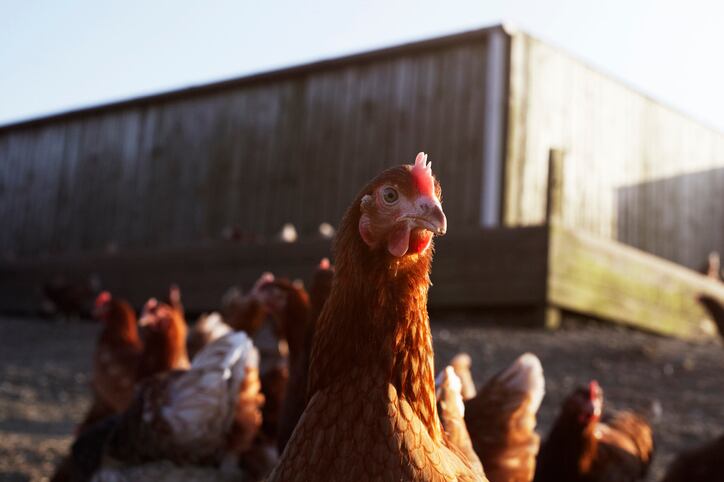Upcycling, the concept of doing more with less, is nothing new. Reusing old bread in new recipes – think French toast or salad croutons – and transforming surplus cream from cheese production into butter are all examples of upcycling.
Even Unilever-owned British spread Marmite started its life as an upcycled product, made from discarded yeast from breweries.
But with one-third of food produced globally each year lost or wasted, to great environmental and economic cost, upcycling is having a moment. Valorising food production side streams into ingredients presents a viable way of cutting waste and improving profits.
One major hurdle many upcycling innovators need to overcome is securing side stream supply. In what is often a very seasonal business, how do entrepreneurs ensure they have abundant raw material to work with throughout the year?
And if they can secure sufficient supply, is specialising in the production of one upcycled food ingredient enough?
Securing supply and tackling batch variation
Securing supply and limiting batch variation is a challenge, according to Luca Fichtinger, founder of Austria-based Kern Tec – a start-up upcycling stone fruit pits into ingredients for the dairy industry, amongst others.
“Every batch is different, which is why standardisation is key when going into upcycling,” he told delegates at F&A Next, an event hosted by Rabobank, Wageningen University & Research, Anterra Capital and StartLife, in the Netherlands.
Kern Tec approaches this challenge in two ways: the start-up creates larger batches standardised product; and uses smaller batches from certain regions for specific applications, meaning it is essentially standardising for each product.
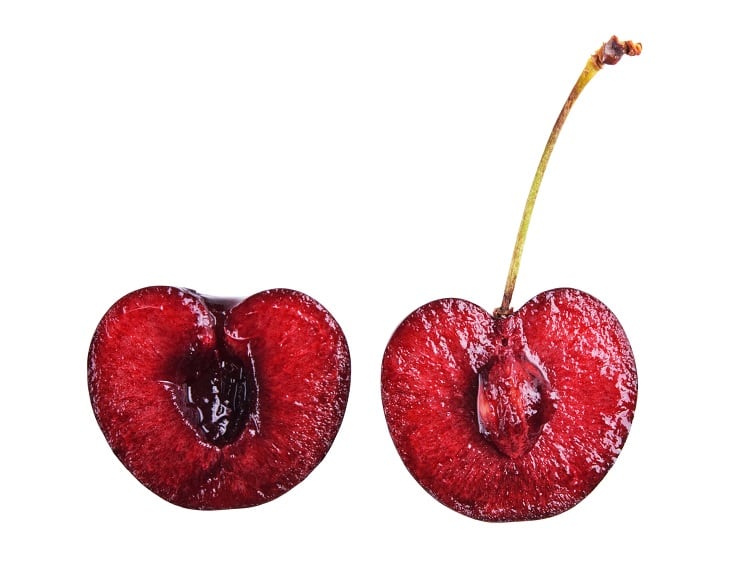
The company sources its side streams – apricot, cherry and plum pits – from jam and juice processors. To date, Kern Tech has processed around 2,000 tonnes of these raw materials, and needs to secure sustainable supply for the future.
While these partnerships are founded on contracts and relationship building, Kern Tec understands ensuring long-term supply is also reliant the price the start-up is willing to pay. “At the end of the day, it’s really about one thing: maximising the value creation for each side stream,” he explained.
“In our case, we not only focus on the seeds but also on valorising the shells into ingredients for the cosmetic or landscaping industry…You have to valorise the material to its best, and at this point, you’re safe against competition.
“If you have the best valorisation, who else will be able to pay higher prices for the raw material?”
Brewer’s spent yeast from beer majors or craft brewers?
Dutch start-up revyve is also developing food ingredients from would-be waste streams, but instead of stone fruit pits, the start-up is leveraging brewer’s spent yeast. Functional food ingredients in the pipeline include an egg protein alternative.
In working with brewer’s spent yeast, a side stream from the beer brewing process, seasonality is less of an issue. “That’s the great advantage of yeast vs most crops: people brew beer all year through,” said revyve CEO Credric Verstraeten at the event.
Europe’s ‘rich’ brewing heritage makes it a ‘great place for upcycling brewer’s yeast’, he added. “There is enough supply, we’re not worried about running out anytime soon.”
But that does not mean batch variability is non-existent. There can be day-to-day variability in the product, as well as a seasonality in the types of yeast the start-up receives from brewers: in summer brewers are likely to brew more lagers, and in winter, more ales.
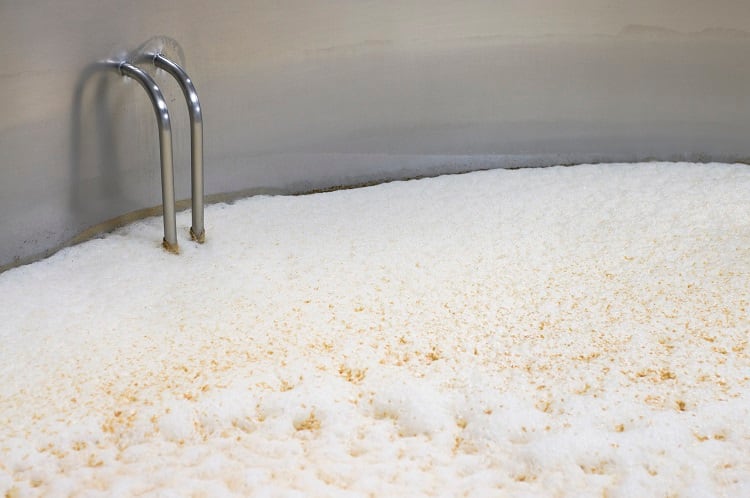
Another important factor to consider is scale. The start-up is looking for breweries capable of handling variability in supply, depending on its need. For this reason, revyve is working with larger players within the brewing industry.
“Unfortunately, you can’t work with a craft brewery who is not going to be representative of the variability of the volumes you need to deal with when you [product] at scale. So we partnered very early on with bigger [players],” he revealed.
‘One ingredient is not enough’
Another company not short of supply is Citrosuco spin-off Evera. The company is upcycling side streams from orange juice production, such as the peel and fibre, into dietary fibres, oil essences and other ingredients for food and pharmaceutical industries.
Having been spun out from Brazilian headquartered Citrosuco, one of the world’s largest orange juice producers, Evera has a ‘massive’ supply of raw material in its yard, said Evera commercial director Alex Schuermans. “At this moment, we have two million tonnes of…very rich biomass that is available for Evera to explore.”
The spin-off company’s challenge therefore does not lie in securing supply, but in diversifying its valorisation. Producing a pectin ingredient from oranges could be an obvious product choice, but with the amount of biomass available to Evera, the spin-off would ‘flood’ the market with twice the amount of pectin currently consumed. “You need to have lots of different solutions [for valorisation], there is not one magic one,” Schuermans told delegates.
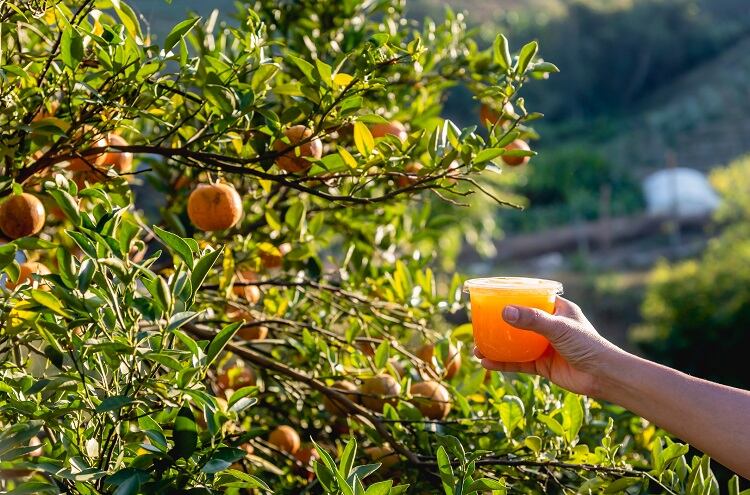
Instead, upcycling companies should be continually exploring new ingredient opportunities, the commercial director suggested. In Evera’s case, the company is initially working with oranges but wants to expand beyond Citrosuco’s primary raw material to develop a diverse ingredients portfolio for the B2B market.
“Orange is our starting point for obvious reasons, [but the goal is to create] an ingredients company that finds every single opportunity within the orange, then with the technology we use to valorise those streams, why not move onto other raw materials?
“It’s a whole journey that is definitely not with [just] one product.”


